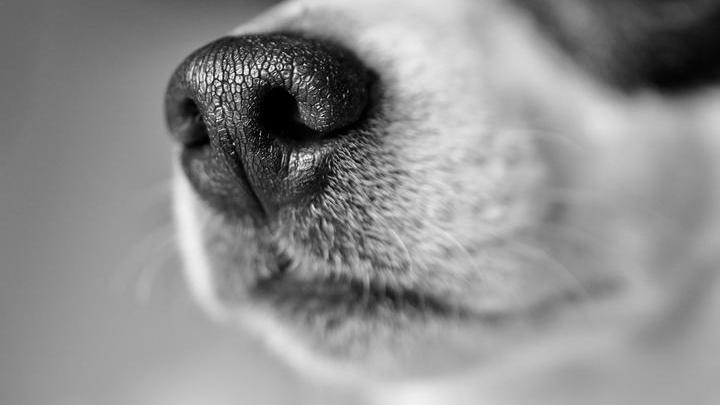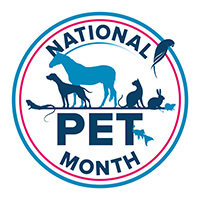Pet Diabetes Month

Pet Diabetes Month, which runs throughout the month of November, aims to increase pet owners awareness and understanding of the condition.
To raise awareness during Pet Diabetes Month, PFMA’s Animal Nutritionist, Sarah Hormozi, looks at the role of nutrition. Whilst some pets are at risk of diabetes through their genetic make-up or other factors, keeping pets at optimal body weight will help minimise the factors relating to food.
What is diabetes mellitus?
Diabetes mellitus relates to an inability to properly regulate glucose (a sugar and a basic source of energy) in the body. There are two main types of diabetes. Type I, more common in dogs, occurs when the body is not able to produce enough of the hormone insulin to regulate glucose levels adequately. In Type II, or insulin-resistant diabetes, enough insulin is produced but cells don’t respond to it. Type II diabetes is more common in cats, although they may also have Type I.
Preventive care
Obesity is a risk factor for diabetes in cats.¹ At present, no clear association between obesity and diabetes is recognised in dogs², although dogs with diabetes will benefit from being kept at an ideal body weight.
Here are some feeding tips to help keep your pet in a healthy condition:
- Keep them lean Check your pet’s body condition regularly to make sure they are not overweight or obese. You can use the PFMA Pet Size-O-Meters as a guide and speak to your vet if you are in doubt.
- Feed a balanced diet Choose a ‘complete’ diet that is designed for your pet’s species (e.g. complete dog food, or complete cat food). Use the guideline on pack and adjust if necessary to keep your pet at an ideal weight.
- Be careful with treats and snacks Too many treats and table scraps can risk weight gain. If you’re going to feed treats, stick to a small amount and ensure it’s less than 10% of your pet’s overall food intake.
Signs of diabetes
Clinical signs of diabetes mellitus can include increased urination, excessive thirst, and weight loss. If you notice any of these signs in your pet, contact your vet for an assessment.
Management
Sadly, diabetes can affect our dogs and cats, but it is manageable with good care, with most able to lead happy active lives. If your pet is diagnosed with diabetes, your vet will advise on medication and an appropriate diet. High-fibre diets may be recommended to help with the management of body weight and blood sugar. Low carbohydrate diets may also be of benefit in some diabetic cats.¹
For more information on a range of pet nutrition topics please visit www.pfma.org.uk/nutrition-facts
References
- Gottlieb, S. and Rand, J., 2018. Managing feline diabetes: current perspectives. Veterinary Medicine: Research and Reports, 9, p.33.
- Fleeman, L.M. and Rand, J.S., 2001. Management of canine diabetes. Veterinary Clinics: Small Animal Practice, 31(5), pp.855-880.
There is also more information available at http://www.petdiabetesmonth.co.uk/ including veterinary practices that are offering FREE diabetes tests in November.


